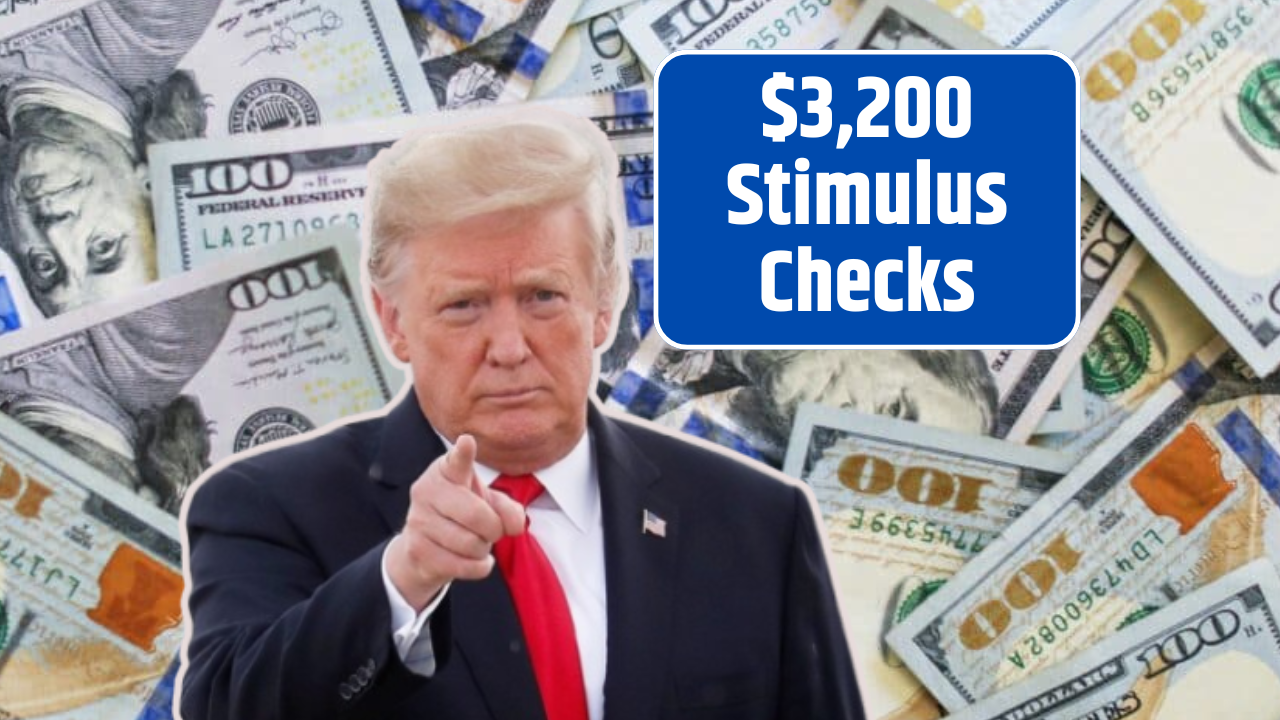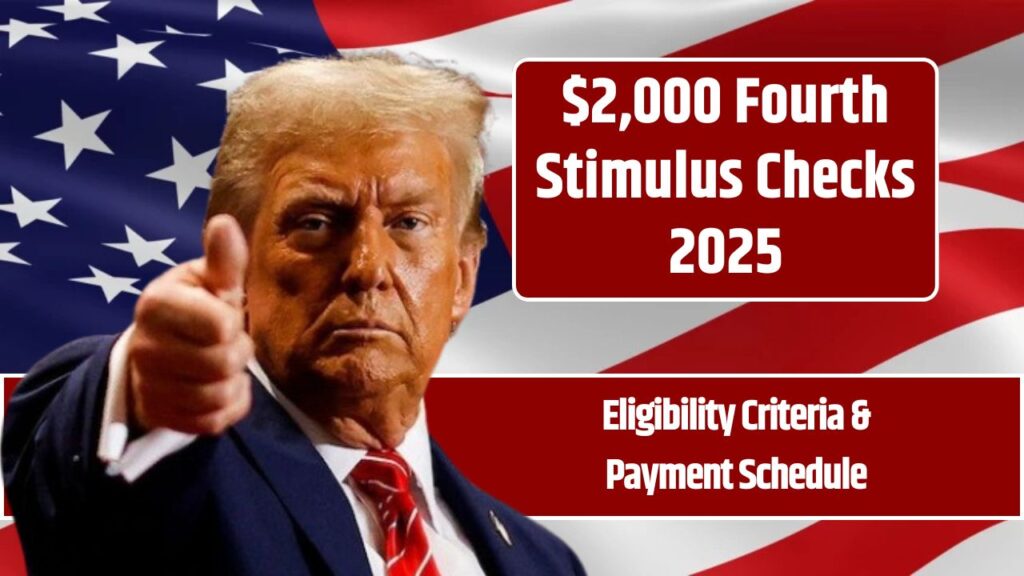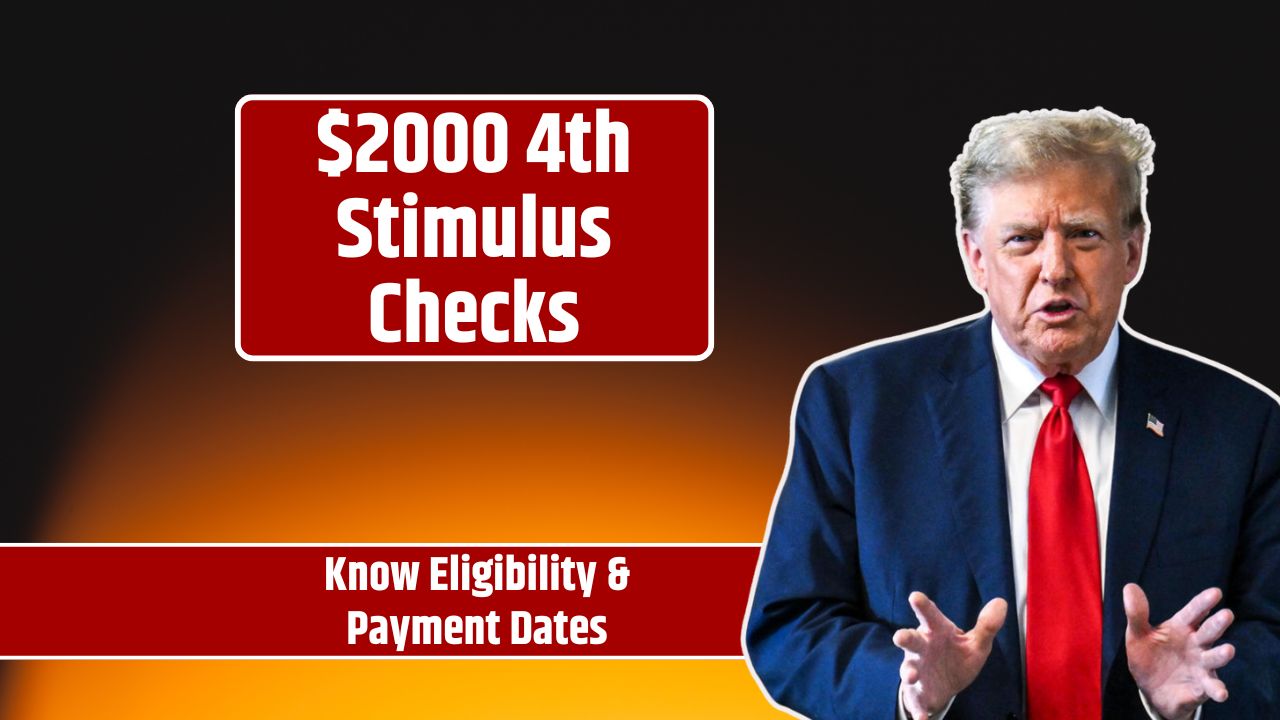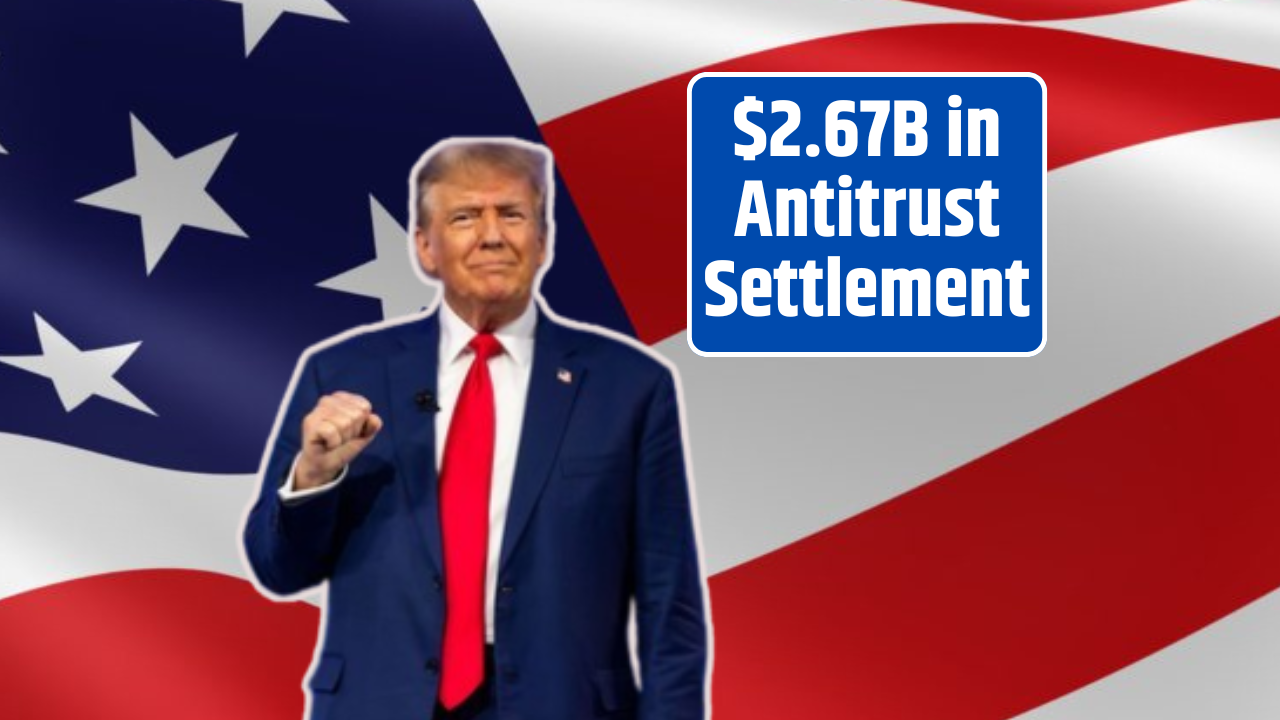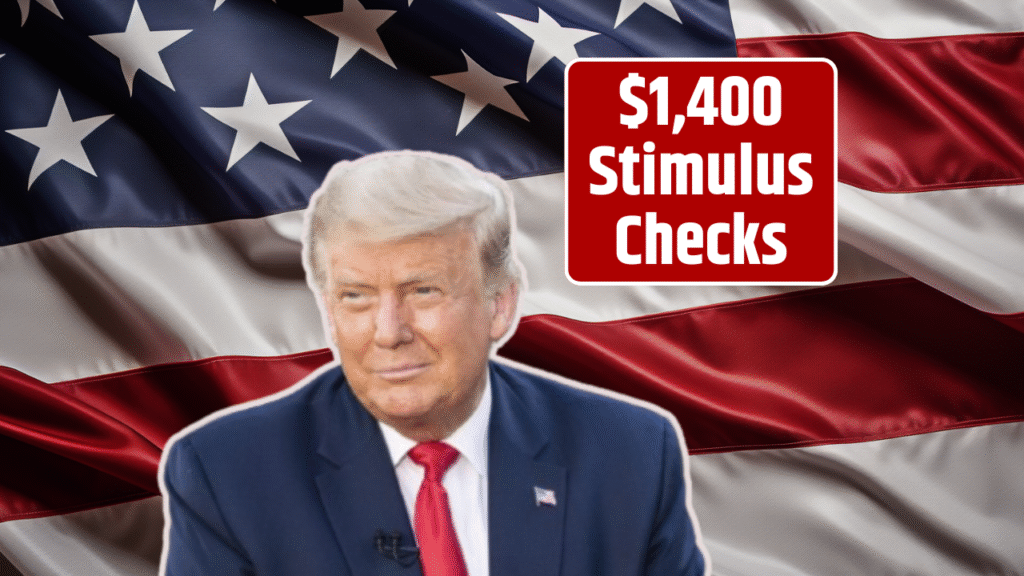As the cost of essentials continues to rise across the U.S., many Americans are looking for relief—and for April 2025, a much-anticipated $3,200 stimulus update is providing exactly that. While it’s not a traditional federal check like the pandemic-era payments, this round of aid is still significant. It comes from a mix of state-level tax credits, rebates, and select federal benefits, giving households across the country a fighting chance to keep up with inflation.
Let’s break down what the 2025 stimulus looks like, who qualifies, how you can claim it, and what to do if you missed the deadline.
What Is the $3,200 Stimulus and Why Is It Happening?
This isn’t a one-size-fits-all federal check. Instead, it’s a patchwork of state and federal relief programs designed to address growing economic pressure, especially for lower and middle-income families. The payment can come through:
- State-funded tax rebates or surplus refunds
- Expanded child tax credits and EITC (Earned Income Tax Credit)
- Alaska’s Permanent Fund Dividend (PFD), which alone provides a full $3,200 for qualifying residents
- Federal tax relief via refundable credits
The goal is to soften the blow of rising living expenses, especially for households juggling housing, groceries, utilities, and childcare.
Who Qualifies for the $3,200 Stimulus?
Eligibility varies widely depending on where you live and your income, but here are the most common factors:
1. Income Thresholds
| Filing Status | Full Benefit Income Limit |
|---|---|
| Single | Under $75,000 |
| Married (Joint) | Under $150,000 |
| Head of Household | Under $112,500 |
Many states also allow partial payments for incomes just above these limits.
2. Residency Requirements
To qualify, you generally must be a full-year resident of the state offering the benefit. For example, Alaska residents must meet strict guidelines to be eligible for the PFD.
3. Dependents
Households with children or other dependents tend to receive larger payments, often tied to expanded Child Tax Credits or state family tax benefits.
4. Tax Filing Status
You need to have filed a 2023 or 2024 tax return. Payments often come in the form of refunds or credits, so filing accurately and on time is essential.
How to Claim the $3,200 Payment
Follow these steps to claim your payment:
Step 1: Visit Official Websites
- IRS.gov
- Your state’s tax department website
Step 2: Prepare Your Documents
- Social Security Number (or ITIN)
- Income proof (W-2s, 1099s)
- Residency documents (utility bills, lease agreements)
- Number of dependents
Step 3: File Your Taxes
Submit both state and federal returns before the deadline—typically April 15, 2025.
Step 4: Track Your Payment
- Federal: Use the IRS “Where’s My Refund?” tool
- State: Check your state’s refund portal or stimulus tracker
Step 5: Need Help?
Call the IRS at 1-800-829-1040 or reach out to your state revenue department.
When Will You Get Paid?
| Program | Estimated Payment Date |
|---|---|
| Alaska PFD | Early April 2025 |
| State Tax Refund Credits | Mid-April 2025 (varies) |
| Federal Refund (e-file) | Within 21 days |
| Mailed Returns | 4–6 weeks after filing |
Tip: File early to speed up your payment!
Examples of State-Level Relief in 2025
| State | Relief Program Description |
|---|---|
| Alaska | $3,200 PFD payout for full-time residents |
| Colorado | Refundable tax credit up to $3,200 for qualifying low-income families |
| California | Up to $1,500 per taxpayer, scaled by dependents and income |
| New Mexico | Continued rebates for low-income filers |
| Maine | Additional relief for qualified households with children |
Missed the Deadline? Here’s What to Do
Don’t panic if you missed the April 15 deadline:
- File late: Many states allow retroactive claims or partial refunds.
- Amend past returns: If your income dropped or you had a new dependent, you might now qualify.
- Contact your state: Ask about any grace periods or hardship provisions.
The $3,200 stimulus update in April 2025 is a crucial lifeline for many American families. While the programs differ from state to state, the common goal remains—to ease financial stress and help households stay afloat in today’s high-cost environment. Be sure to file your taxes, check eligibility, and take action promptly to secure the benefits you deserve.
FAQs:
Do I get the full $3,200 automatically?
Not necessarily. Only some states, like Alaska, offer the full amount. Others provide partial benefits based on income and dependents.
Can I still qualify if I moved states in 2024?
Possibly. You’ll need to prove full-year residency in the state offering the benefit.
What if I didn’t earn income in 2024?
You may still qualify for refundable credits. File a zero-income tax return to be evaluated.

